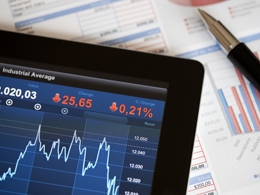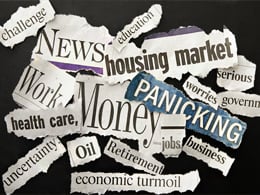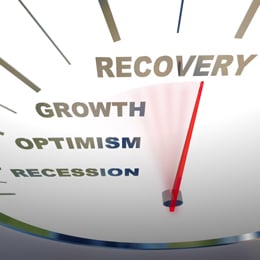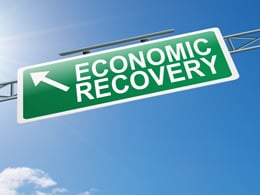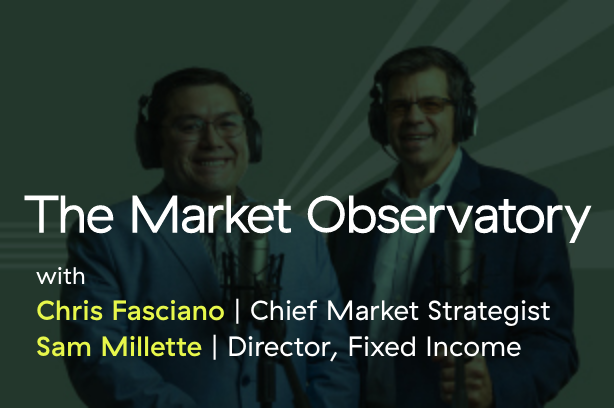The rise of automated financial advice—essentially, computer programs that rebalance your accounts—has been a hot topic in the investment industry. Blockchain technology, which could automate many functions now handled by securities exchanges, is another one. Just this morning, a colleague sent me an article about a start-up that looks to make transferring money essentially free, undercutting PayPal, which is already undercutting banks.



